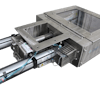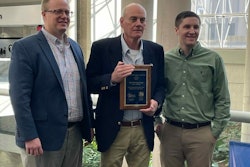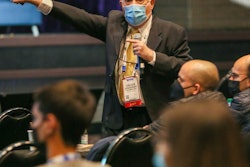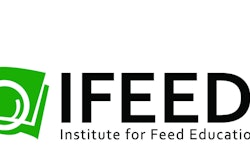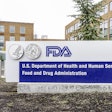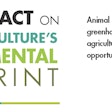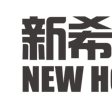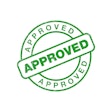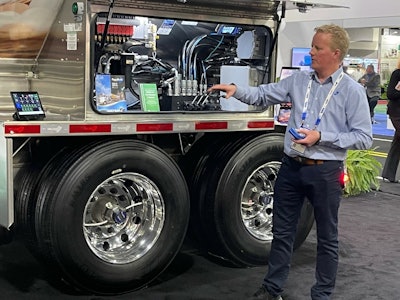
Feed safety and automation collide with a new control system offered byWalingathat uses GPS tags on feed bodies and feed bins to enable tracking from origin location to farm.
TheFEEDLOK Control Systemwas on display at theInternational Production and Processing Expo(IPPE) in Atlanta January 25-27, 2022.
Marissa Cohen, M.S., area specialized agent for NC State University, was on hand at the expo to share with Elise Schafer, editor ofFeed & Grain, the value of incorporating tracking systems into the feed supply chain.
Cohen is an extension agent for the state of North Carolina, based in NC State’s poultry science department and feed milling program. In her role, she helps companies within the state comply with food safety regulations — specifically FSMA. Cohen conducts preventive controls for animal food training, reviews documents and food safety plans and offers resource development to help manage burden of FSMA.
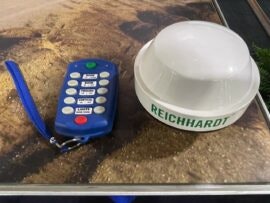
Schafer:What role does traceability play in ensuring feed safety?
Cohen:It’s a misconception that when feed leaves the feed mill, they're done with it. The FDA is highly focused on food traceability and if there is an animal health problem, they want to know one step forward and one step backward.
This technology lends itself perfectly because it gives mills the ability to document where their feed is going, not only to which farm, but which feed bin it went into and which animals consumed that lot of feed. That's important, especially if you’re involved with a recall or even an audit.
Schafer:How does the FEEDLOK technology support or enhance the accountability of safe feed delivery?
Cohen:The FEEDLOK control system provides an insurance policy that you know where your feed is going and the farmers know where it came from. It’s GPS based, so the control system allows the driver to only unload at a specific bin.
If you try to unload at the wrong bin or perhaps you're at the right bin and the driver’s been given the wrong ticket, further validation would be required. They would have to talk with the QA staff or whoever’s managing the program to make sure they’re delivering the right feed to the right bin.
Schafer:What regulatory requirements would an accountable feed delivery system help meet?
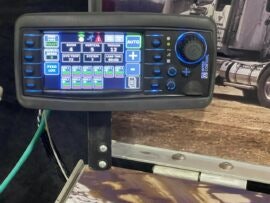
Cohen:Firstly, FSMA — If you have to recall feed, you’ve got documentation tied into your automation system that you can account for. For feed mills, the challenge with FSMA is recognizing your hazards, getting your programs in place and effectively communicating that plan in writing.
This technology prevents giving medicated feed to the wrong animals, for example, which could be one of your written hazards for FSMA. This would help with that accountability and documentation.





